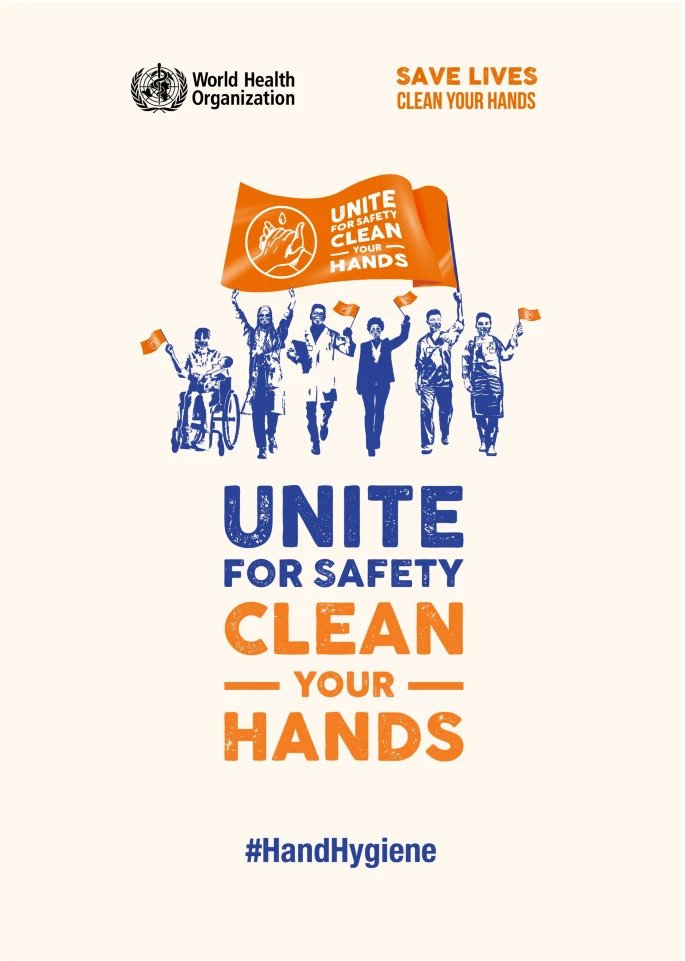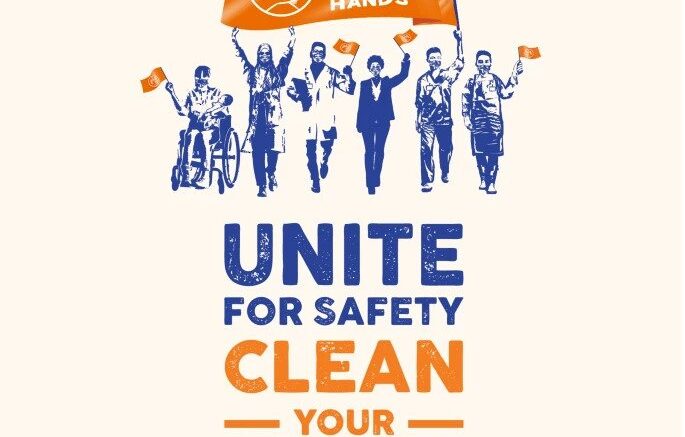Tartari, et al. (2022) say that hand hygiene improvement is a critical part of effective infection prevention and control (IP&C) and therefore constitutes a priority for patient and healthcare workers' safety. However, hand hygiene compliance in healthcare settings remains sub-optimal globally. The World Health Organization (WHO) recommends to implement an effective Multimodal Hand Hygiene Improvement Strategy (MMIS) that includes five elements: system change; training and education; monitoring and feedback; reminders in the workplace/communications; safety climate/culture change.
As the authors state, "Systematic reviews have shown an inter-relation between safety culture, IP&C processes and healthcare-associated infection (HAI) reduction. Improving the organizational safety climate has been associated with enhanced hand hygiene compliance and improved patient outcomes, including HAI reduction, in particular vancomycin-resistant enterococci and Staphylococcus aureus and central line-associated bloodstream infections."

They add, "Employing the Hand Hygiene Self-Assessment Framework (HHSAF) to assess the implementation of the WHO MMIS in healthcare facilities worldwide, the Institutional Safety Climate element repetitively scored the lowest, suggesting that progress in improving safety climate has been slower across and within regions when compared with the four other elements of the MMIS. Therefore, it seems critical to direct attention to safety climate/culture change to ensure further and sustainable hand hygiene improvement. Safety climate, safety culture and organizational culture are often used interchangeably whereas their concepts are distinct. Organizational culture refers to the deeply embedded norms, values, beliefs, and assumptions shared by members within an organization. Safety culture considers leadership and healthcare workers attitudes and values related to the perception of risk and safety. Safety climate is a subset of overall organizational climate that refers to employees’ perceptions about the extent to which the organization values safety (for patients, healthcare workers and the environment). The Institutional Safety Climate as part of the hand hygiene MMIS refers to the environment and perceptions of patient safety issues in a healthcare facility in which hand hygiene improvement is given high priority and valued at all levels of the organization. This includes the perception and belief that resources are provided and available to ensure hand hygiene, particularly at the point of care. In summary, when a healthcare facility's "quality and safety climate or culture" values hand hygiene and IP&C, this results in both patients and healthcare workers feeling protected and cared for. To prioritize clean hands at the point of care at the right times using the right agent and technique, people at all levels, including those using healthcare facilities, should focus on the importance of hand hygiene to save lives and act as key players in achieving and promoting the appropriate behaviors and attitudes toward it."
In light of the importance of this element and given the limited progress made in the last 20 years, the authors say World Hand Hygiene Day, May 5, 2022, promotes institutional safety climate/culture change as a priority for hand hygiene improvement by adopting the slogan “Unite for Safety – Clean Your Hands."
Reference: Tartari E, et al. “Unite for safety – clean your hands”: the 5 May 2022 World Health Organization SAVE LIVES—Clean Your Hands campaign. Antimicrobial Resistance & Infection Control. Vol. 11, article number 63 (2022).
